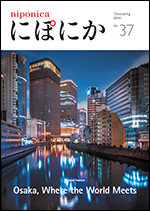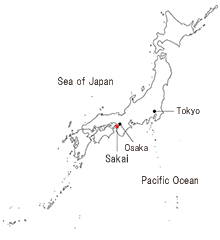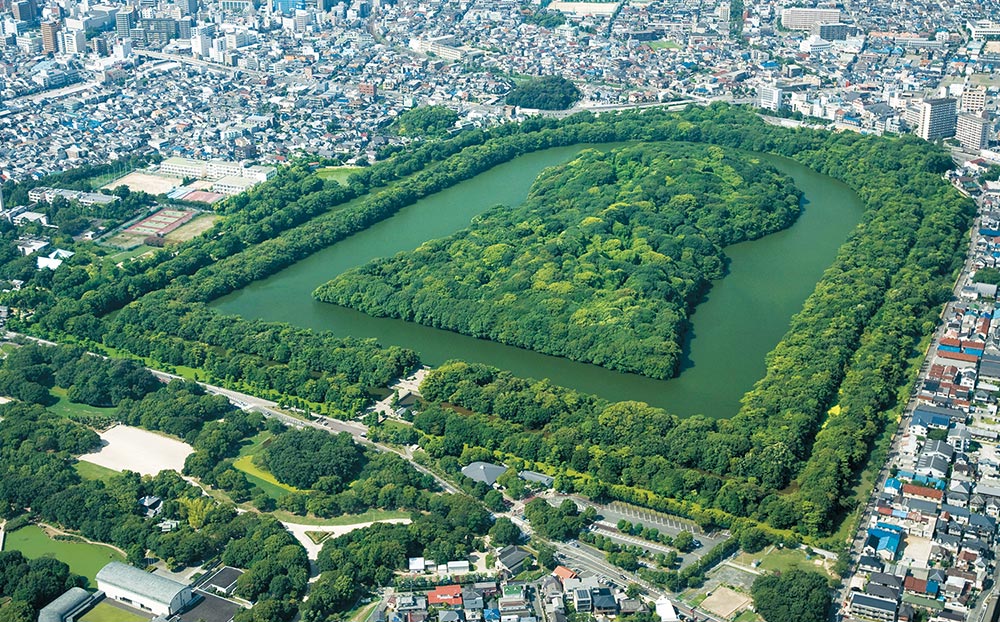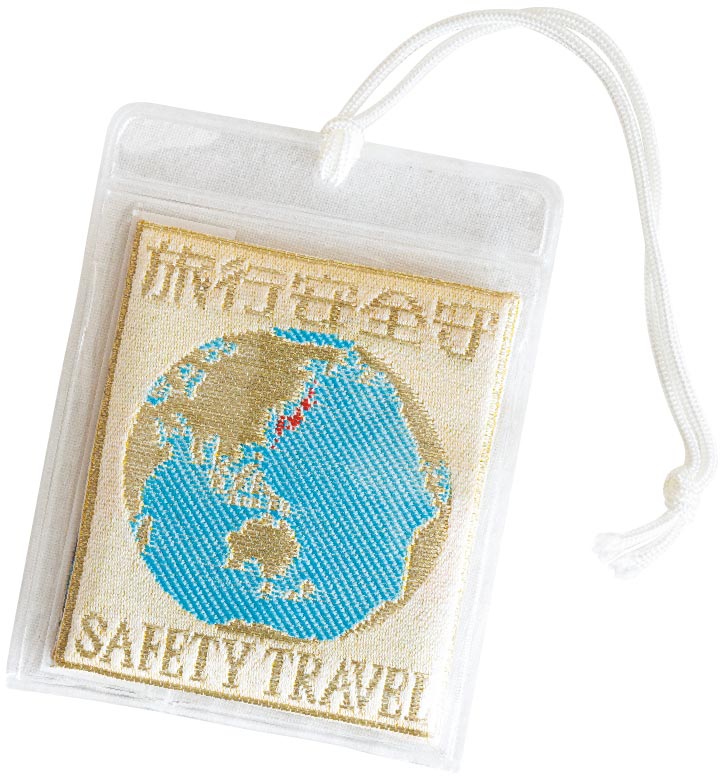
2025 NO.37
Menu
 Strolling Japan
Strolling Japan
Flourishing as a hub of trade with the outside world, Sakai became an autonomous city in the 16th century. This rich culture and entrepreneurial spirit remain in the city today.
Photos: Kurihara Osamu, Aflo, PIXTA

The Old Sakai Lighthouse stands at old Sakai Port.
About a 30-minute journey by train from Shin-Osaka Station, Sakai is the second most populous city in Osaka Prefecture after Osaka itself. One of the leading industrial cities in the Kansai region, with state-of-the-art manufacturing plants lining the waterfront area, Sakai boasts a long history of rich culture nurtured through foreign trade.
The name Sakai, which means “boundary” in Japanese, comes from its location across the border between Settsu and Izumi, two former administrative provinces in the region. Hochigai Shrine stands on the boundary that divides these two, plus a third, Kawachi, and is revered as a sacred space not belonging to any of these provinces or bound by any direction.
To the south of Sakai lie the Mozu Tombs, a World Heritage Site consisting of 44 burial mounds built between the late 4th and early 6th centuries. One of these, the 486-meter-long Daisenryo Kofun (Tumulus of Emperor Nintoku), is one of the largest tombs in the world. This area was a strategic transportation hub on the road to the capital further east, where many emissaries from foreign countries traveled. The majestic sight of these burial mounds would have served as a powerful manifestation of the nation-state’s strength.
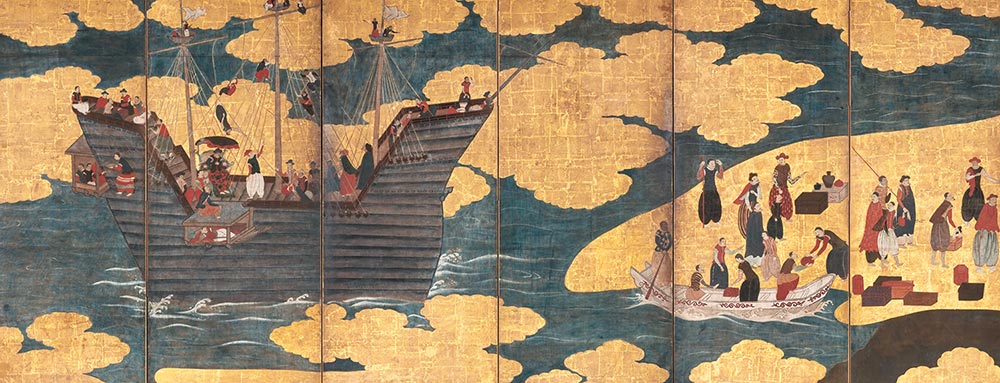
The Nanban Byobu folding screen portrays the bustling atmosphere in this hub of international exchange. (Photo: Sakai City Museum)
Around the 15th century, Sakai became a trading port for ships from China, with Portuguese and Spanish ships also arriving in the 16th century. The city developed into an international hub bustling with visitors from foreign lands. Merchants who made their fortunes in trade ruled the city, and Sakai flourished as an autonomous city full of vitality and a free spirit. This past is evident in paintings and other images from the time, and the cultural tourist center Sakai Plaza of Rikyu and Akiko even introduces the city’s history and culture with a VR experience that allows visitors to virtually experience the cityscape and daily life as it was lived in those days.

